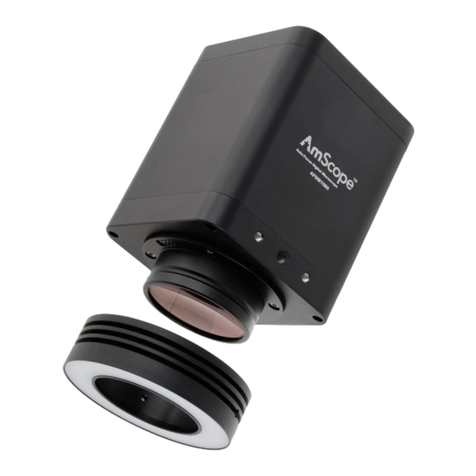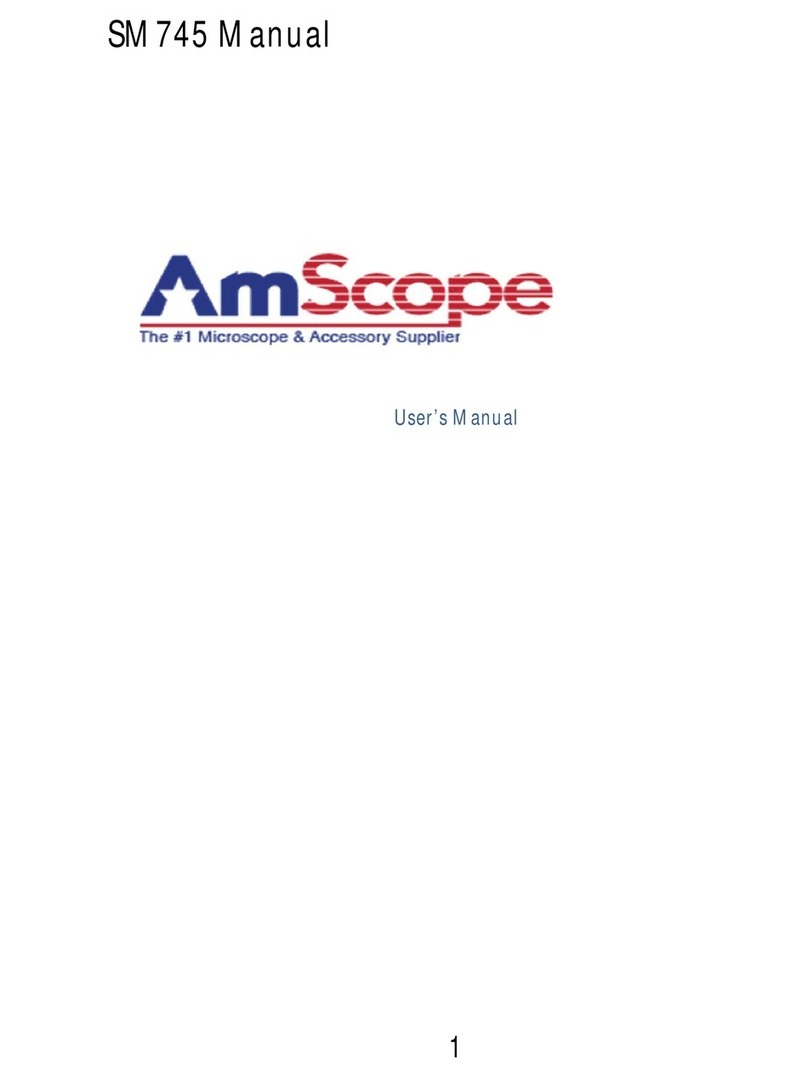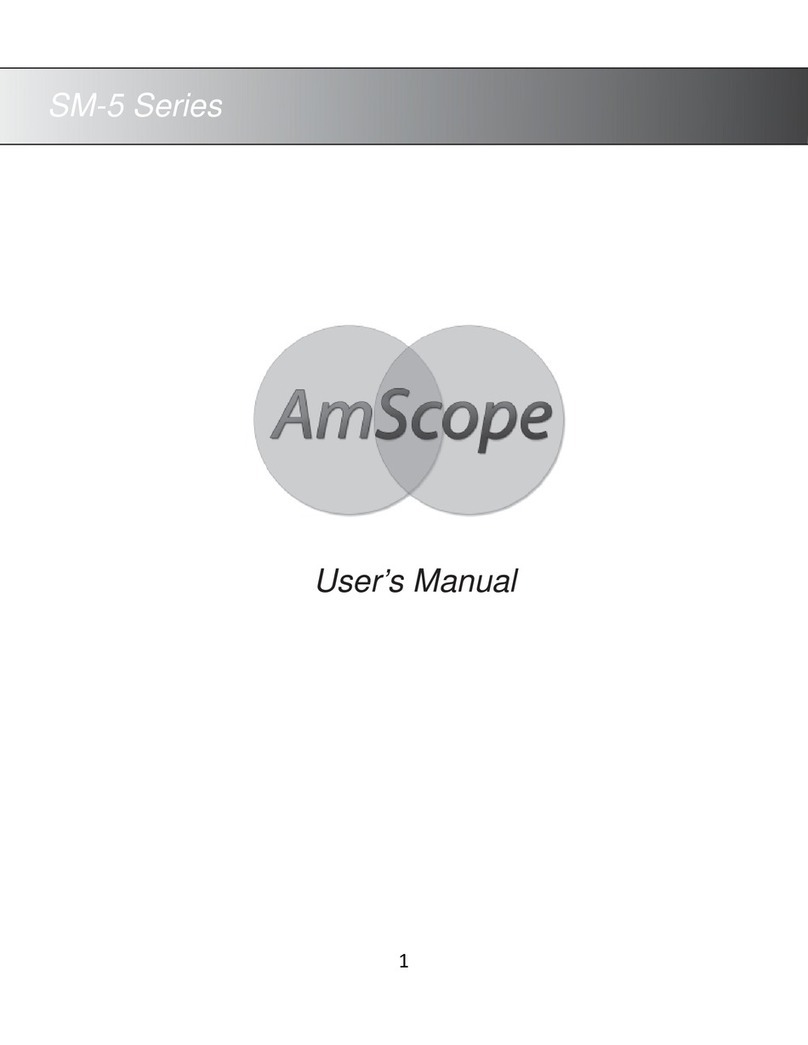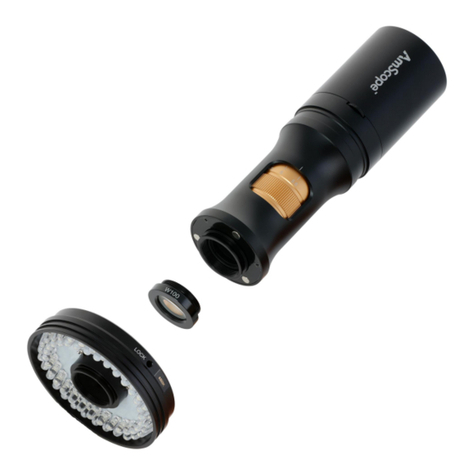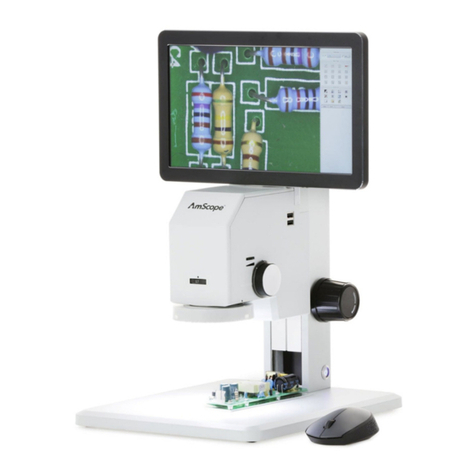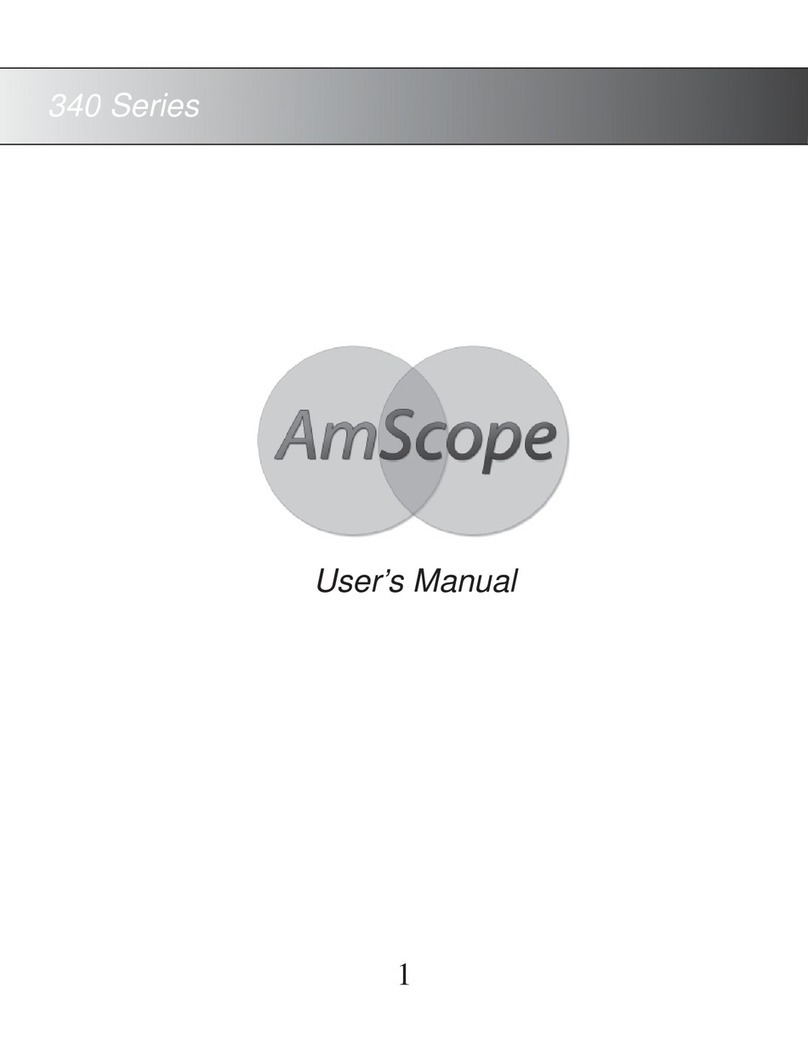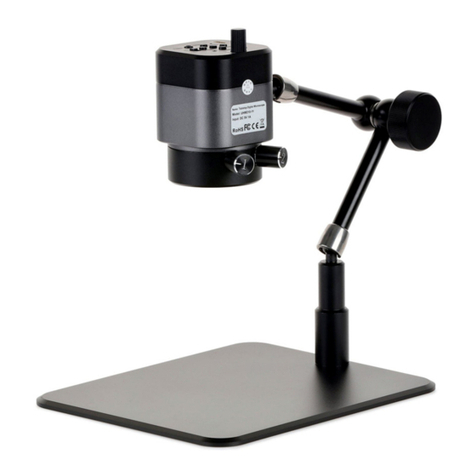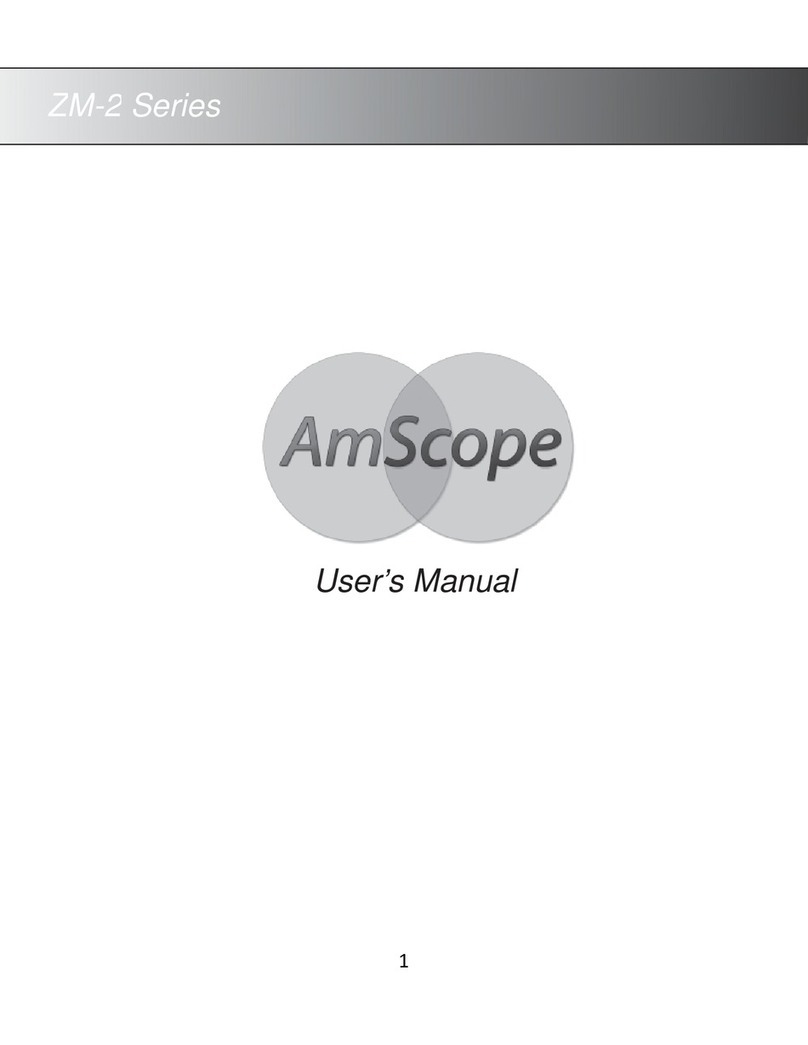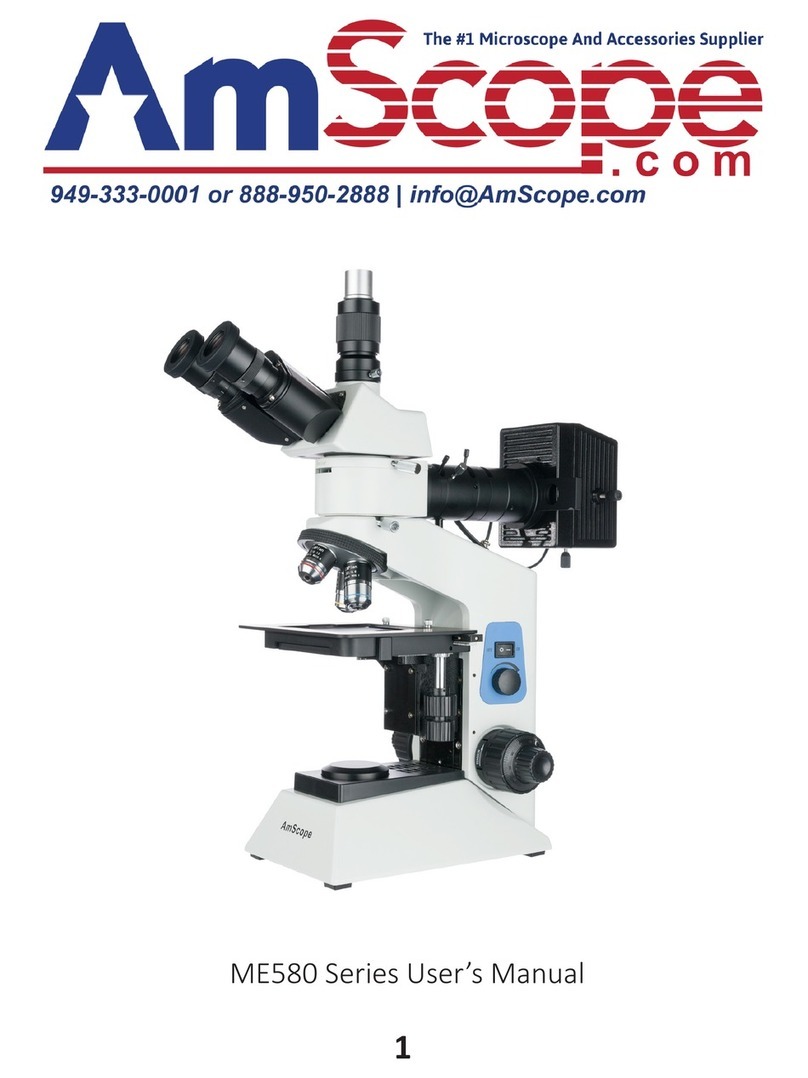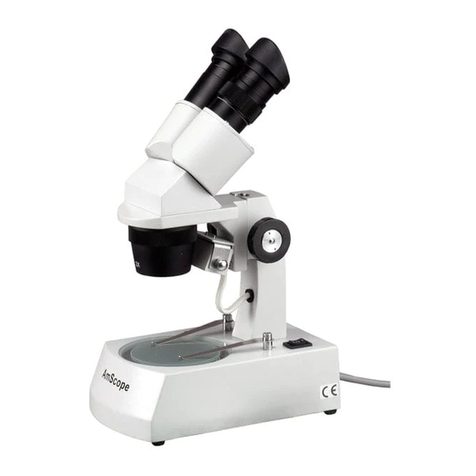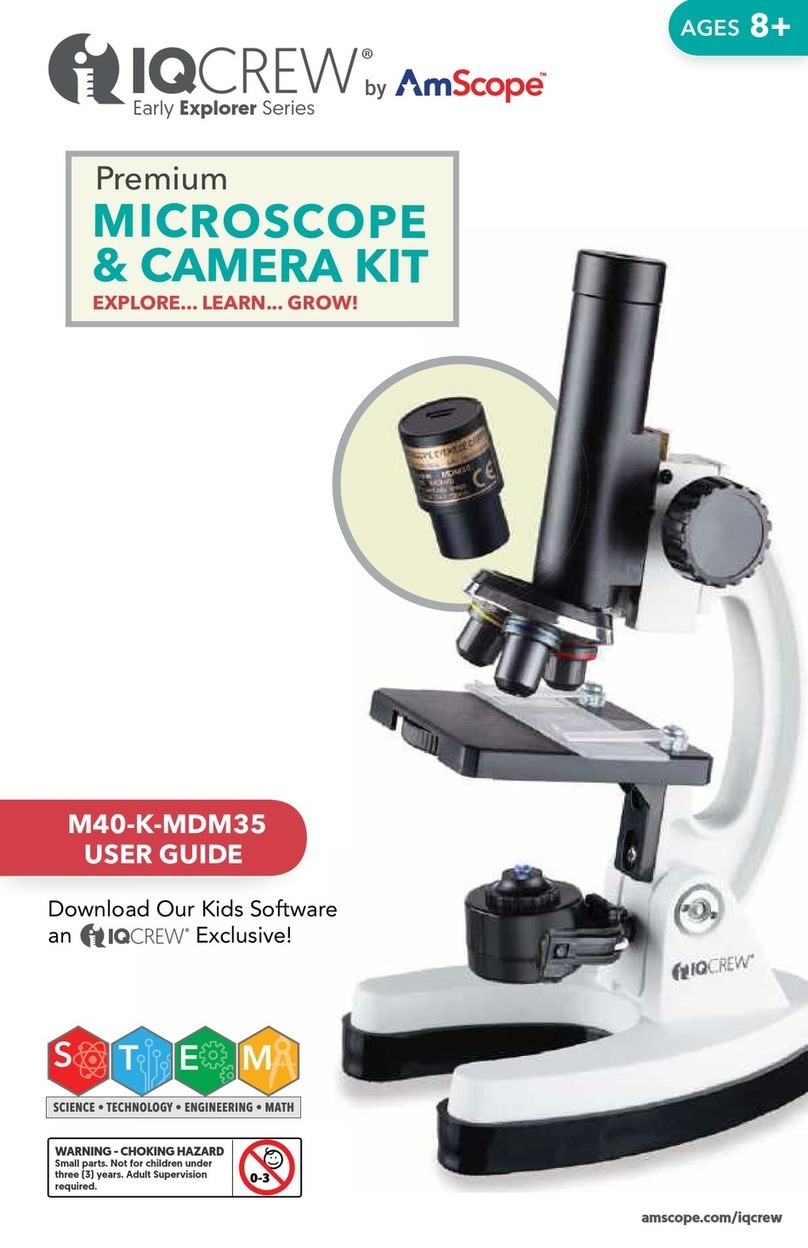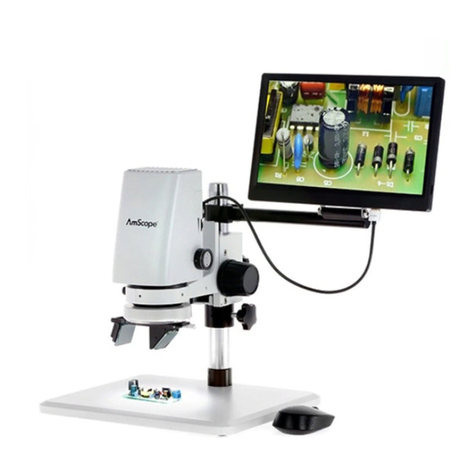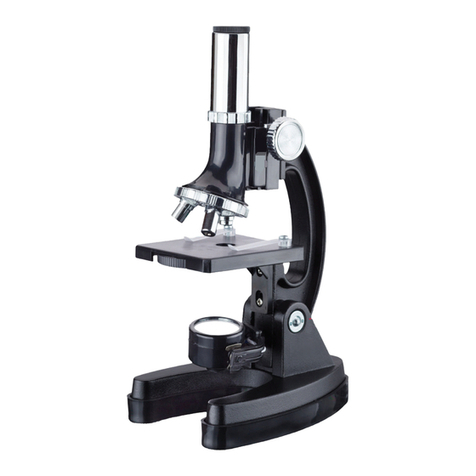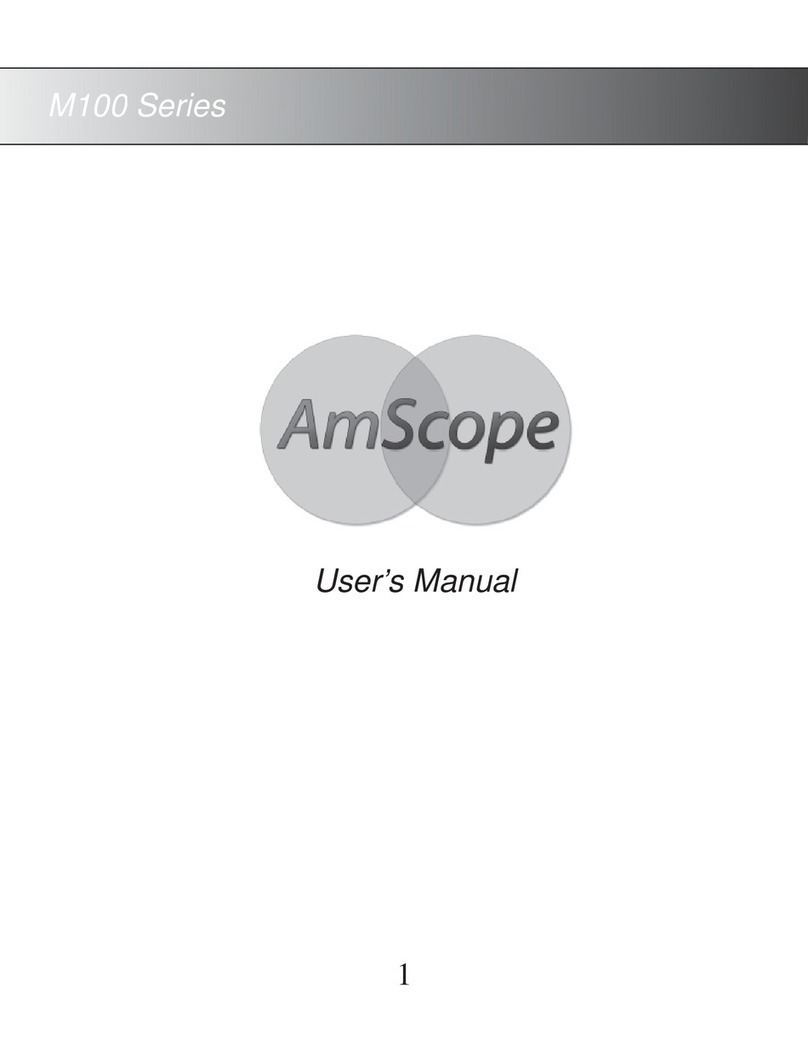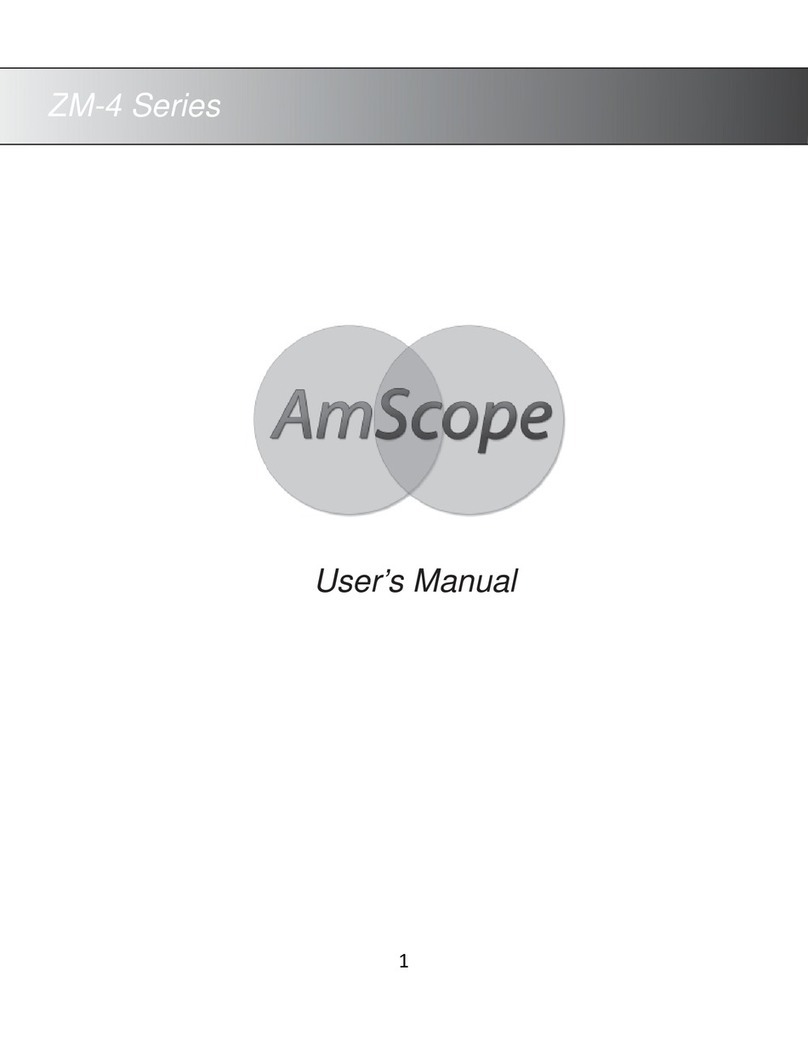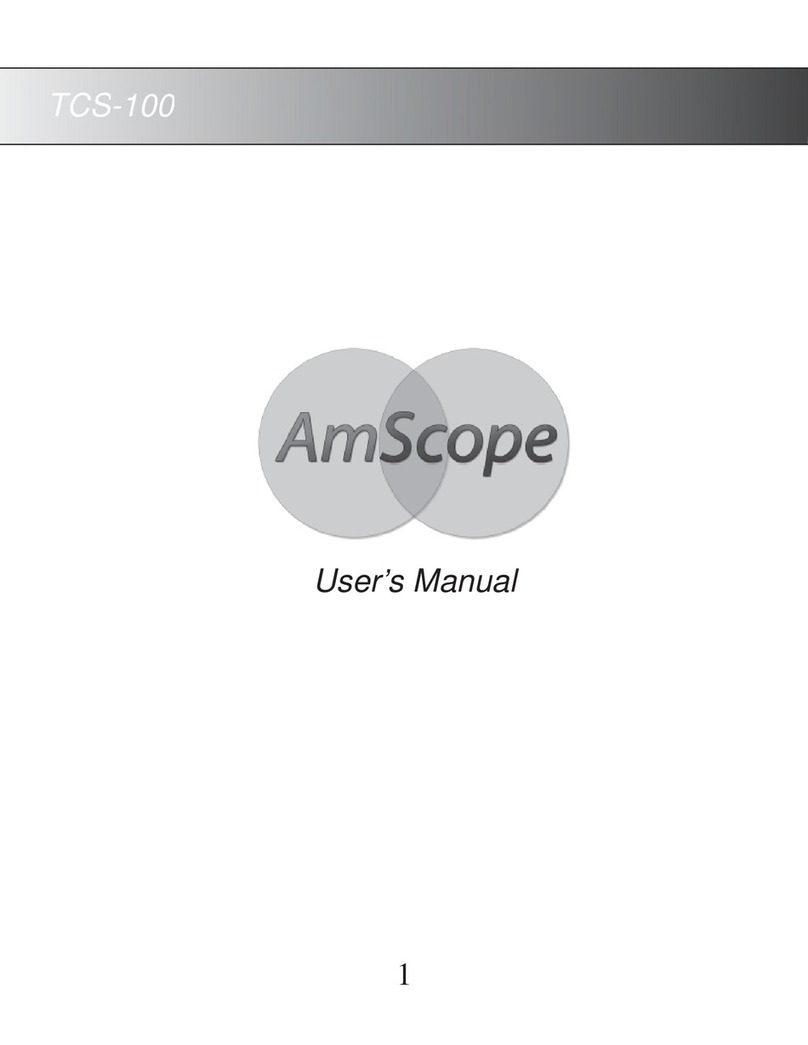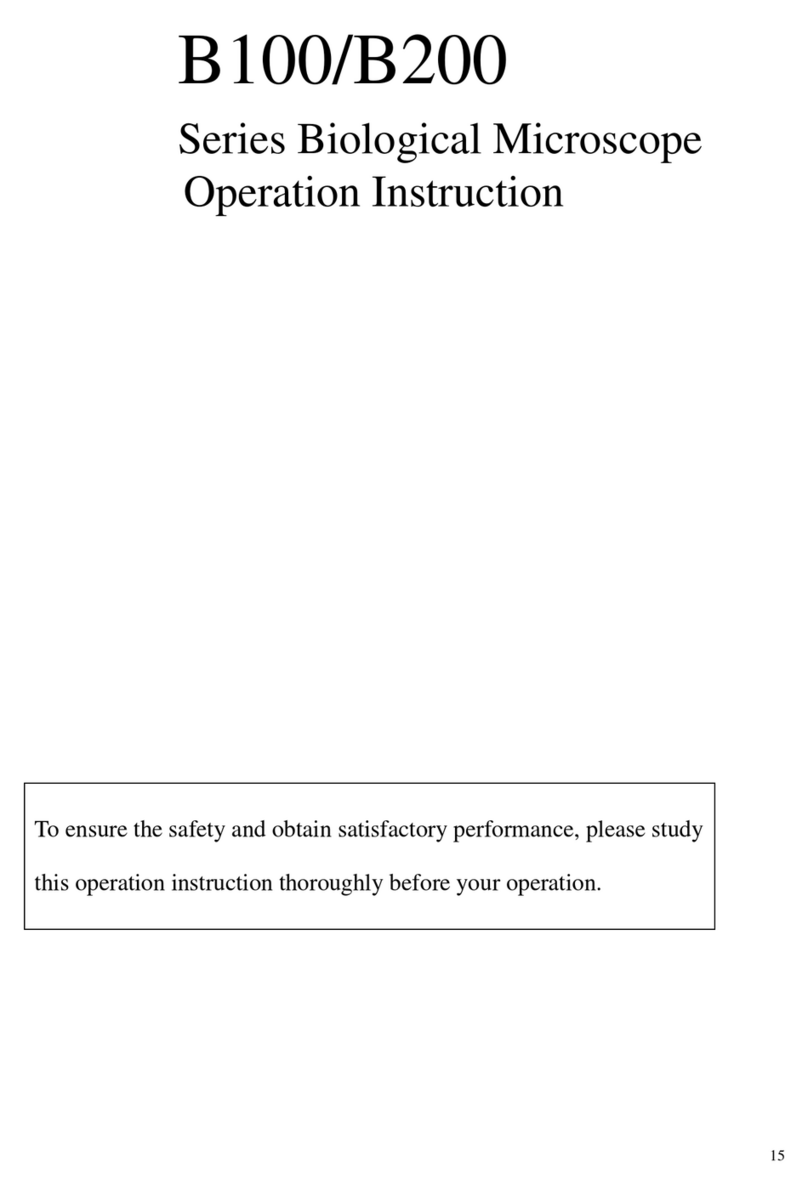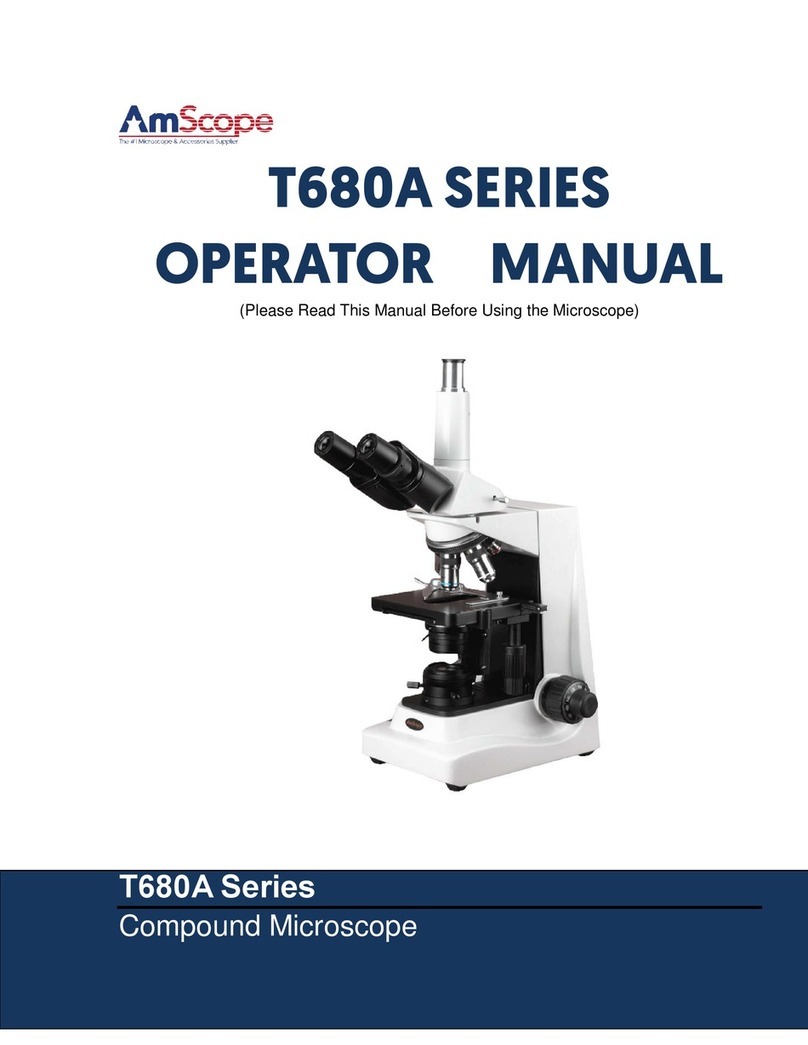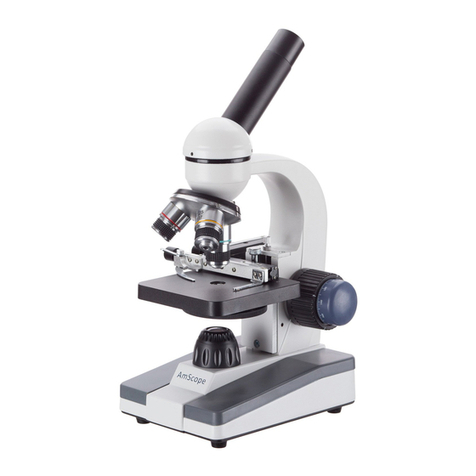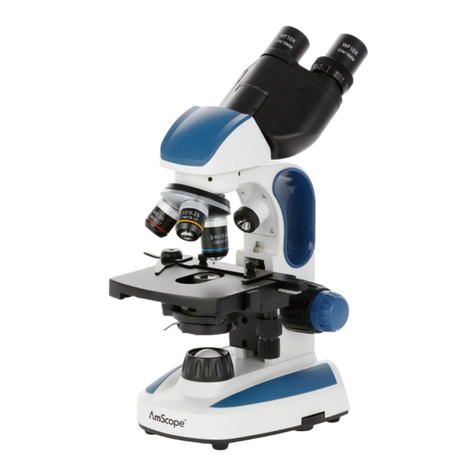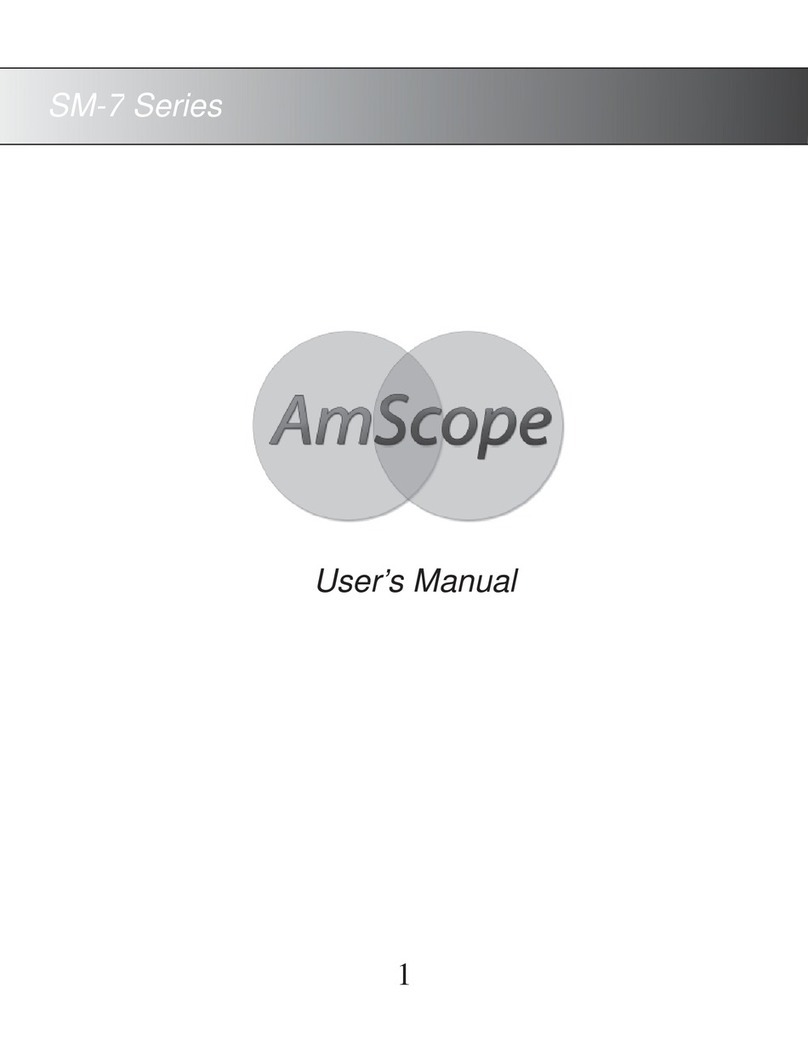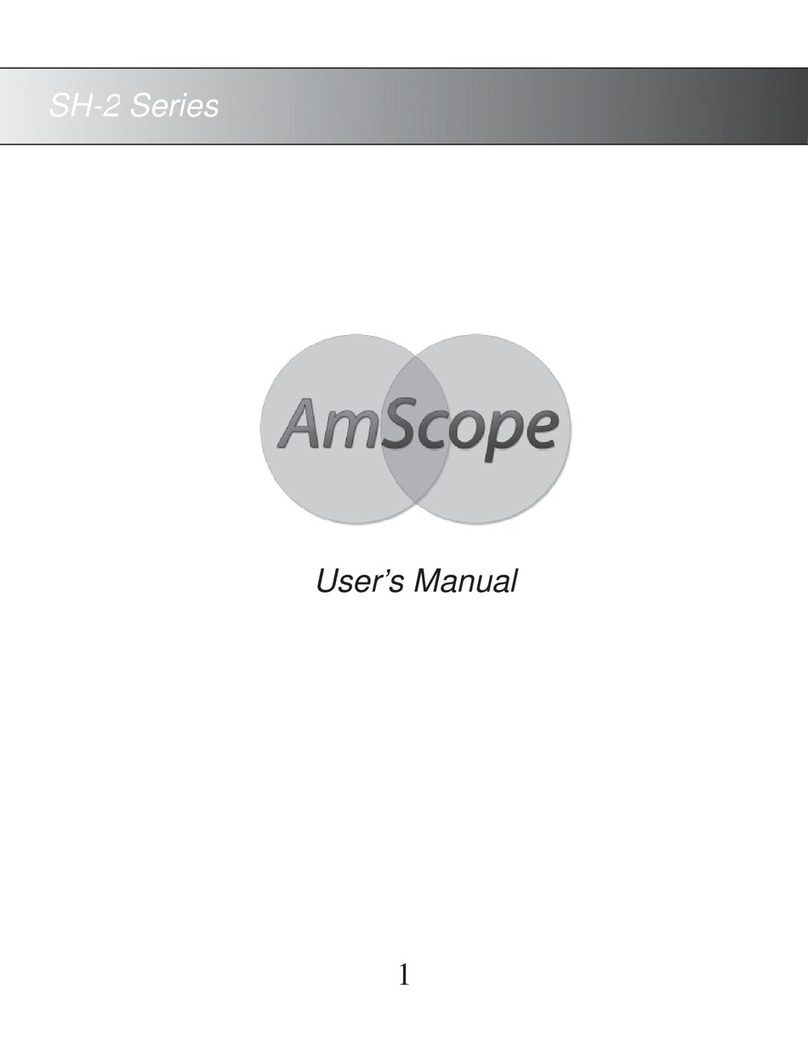
Contents
Specicaons .......................................................................................................................................................... 4
What’s In The Box ................................................................................................................................................... 5
1. Assembly and Setup ........................................................................................................................................... 6
1.1 The Head ........................................................................................................................................................6
1.1b The Eyepieces ............................................................................................................................................................. 7
1.1c Dioptric Adjustment ................................................................................................................................................... 7
1.1d Interpupillary Adjustment .......................................................................................................................................... 8
1.2 Objecve Lenses .............................................................................................................................................9
1.3 Light Condenser ............................................................................................................................................ 10
1.4 Specimen Stage ............................................................................................................................................ 11
1.5 Power ........................................................................................................................................................... 12
1.6 Security Leash ............................................................................................................................................... 12
2. Operaon ......................................................................................................................................................... 13
2.1 Mounng a Specimen...................................................................................................................................13
2.2 Illuminaon .................................................................................................................................................. 14
2.3 Using the Condenser .................................................................................................................................... 15
2.3a Condenser Height ..................................................................................................................................................... 15
2.3b Adjusng the Aperture ............................................................................................................................................. 16
2.3c Centering the Condenser.......................................................................................................................................... 17
2.3d Color Filters .............................................................................................................................................................. 18
2.4: Locang the Specimen, and Focusing 19
2.5 Immersion Oil ............................................................................................................................................... 20
